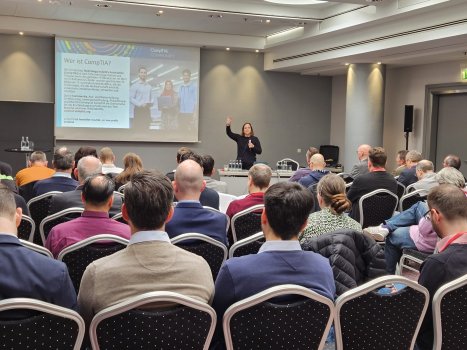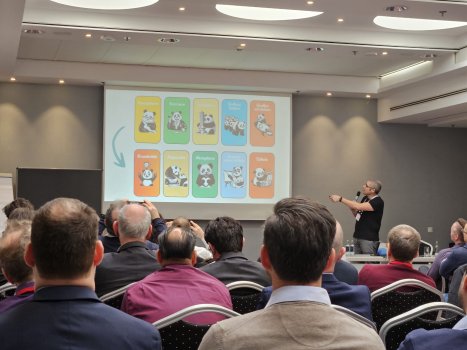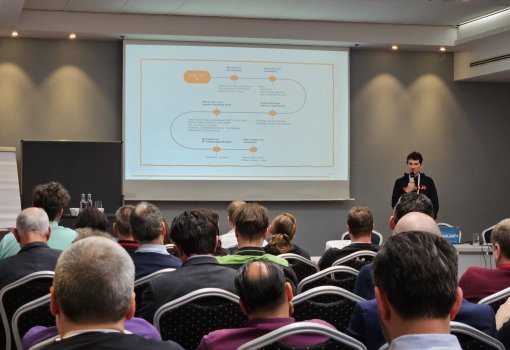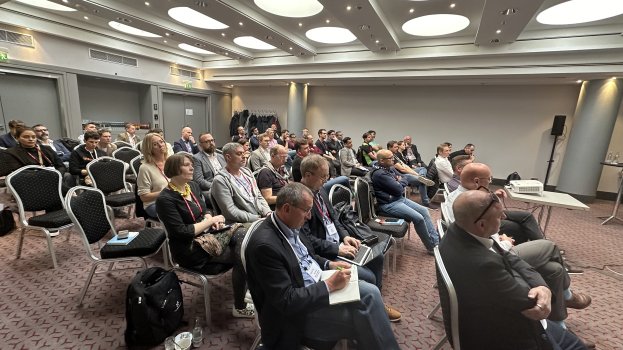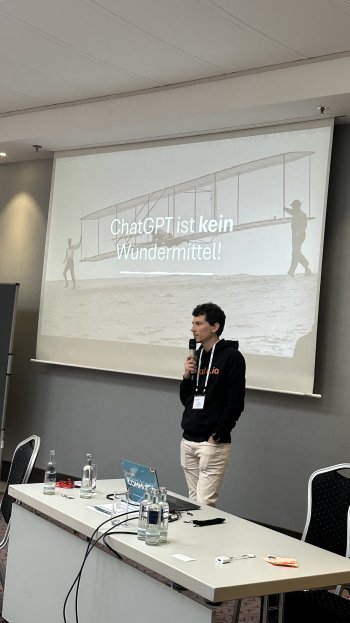Beyond borders: Securing Nigeria’s future with drone technology and citizen engagement
- Technology Solutions
- 0 Replies
Nigeria, a nation rich in culture and resources, finds itself at a critical crossroads, grappling with a spectrum of security challenges that threaten the fabric of our society. From the shadows of terrorism and violent insurgencies to the rampant surge of kidnapping and organized crime, the need for innovative and effective solutions has never been more urgent. The traditional methods of confronting these threats have revealed their limitations, prompting a call to action for a more modernized and inclusive approach to national security.
The transformative potential of advanced technology, coupled with the mobilization of our citizenry, presents a beacon of hope in this fight against insecurity. It's time for us to explore how leveraging technological advancements and fostering a culture of citizen engagement can pave the way for a safer Nigeria.
Drones: The Eyes in the Sky
One of the most promising technological tools in enhancing security is the use of drones, or unmanned aerial vehicles (UAVs). These devices are not just modern gadgets; they are a leap forward in our surveillance capabilities. With high-resolution cameras and advanced sensors, drones offer a bird’s-eye view that is invaluable for monitoring borders, identifying vulnerabilities, and responding to threats in real-time. Their ability to cover vast areas efficiently makes them indispensable in our quest to strengthen national security and ensure the safety of our citizens. How can we further integrate drones into our security framework to maximize their benefits?
Empowering Citizens through Technology
Beyond technological tools, the role of citizens in crime prevention is paramount. The development of mobile applications for emergency reporting and the monitoring of suspicious activities represents a significant step toward empowering our communities. These platforms not only facilitate a direct line of communication between citizens and law enforcement but also transform passive observers into active participants in safeguarding their neighborhoods. With features like GPS tracking and anonymous reporting, these applications encourage a culture of vigilance and mutual trust. What are some ways we can encourage more widespread adoption and use of these applications among the populace?
This discussion invites members to share their insights on the integration of technology in security measures and the importance of citizen engagement in creating a safer Nigeria. How can we further harness the power of technology to address our security challenges? What initiatives can be implemented to foster a stronger collaboration between citizens and law enforcement? Share your thoughts, experiences, and suggestions on how we can collectively work towards a more secure and prosperous Nigeria.
Read the article: https://businessday.ng/columnist/ar...with-drone-technology-and-citizen-engagement/
The transformative potential of advanced technology, coupled with the mobilization of our citizenry, presents a beacon of hope in this fight against insecurity. It's time for us to explore how leveraging technological advancements and fostering a culture of citizen engagement can pave the way for a safer Nigeria.
Drones: The Eyes in the Sky
One of the most promising technological tools in enhancing security is the use of drones, or unmanned aerial vehicles (UAVs). These devices are not just modern gadgets; they are a leap forward in our surveillance capabilities. With high-resolution cameras and advanced sensors, drones offer a bird’s-eye view that is invaluable for monitoring borders, identifying vulnerabilities, and responding to threats in real-time. Their ability to cover vast areas efficiently makes them indispensable in our quest to strengthen national security and ensure the safety of our citizens. How can we further integrate drones into our security framework to maximize their benefits?
Empowering Citizens through Technology
Beyond technological tools, the role of citizens in crime prevention is paramount. The development of mobile applications for emergency reporting and the monitoring of suspicious activities represents a significant step toward empowering our communities. These platforms not only facilitate a direct line of communication between citizens and law enforcement but also transform passive observers into active participants in safeguarding their neighborhoods. With features like GPS tracking and anonymous reporting, these applications encourage a culture of vigilance and mutual trust. What are some ways we can encourage more widespread adoption and use of these applications among the populace?
This discussion invites members to share their insights on the integration of technology in security measures and the importance of citizen engagement in creating a safer Nigeria. How can we further harness the power of technology to address our security challenges? What initiatives can be implemented to foster a stronger collaboration between citizens and law enforcement? Share your thoughts, experiences, and suggestions on how we can collectively work towards a more secure and prosperous Nigeria.
Read the article: https://businessday.ng/columnist/ar...with-drone-technology-and-citizen-engagement/









